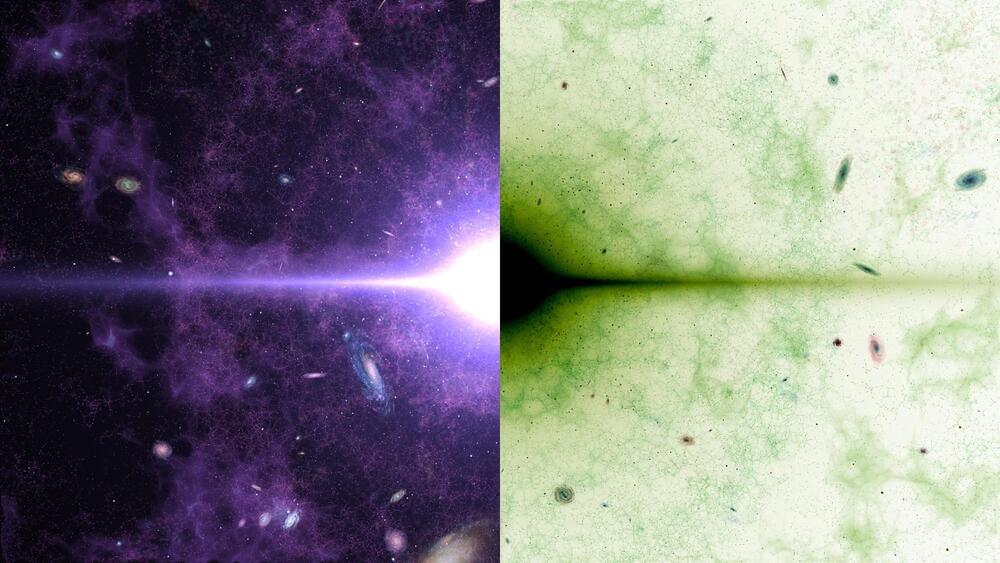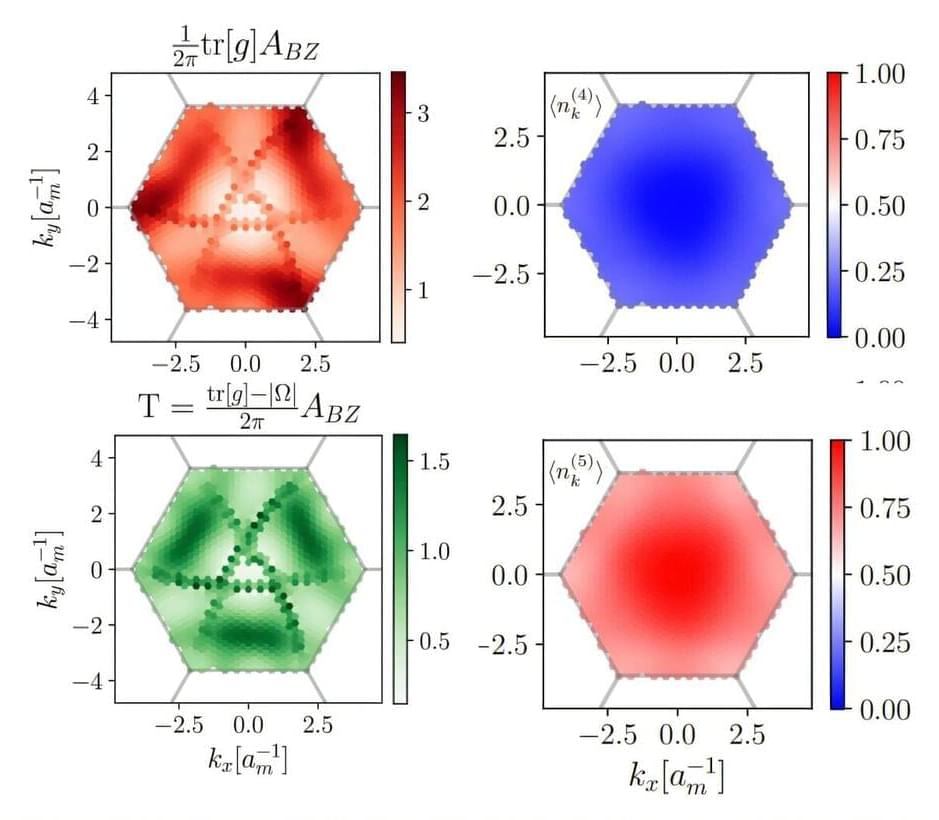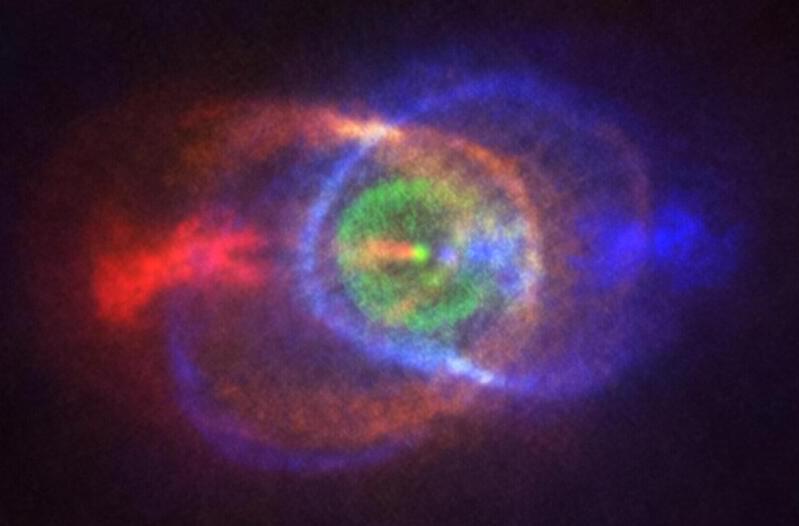For decades, scientists have used the Milky Way as a model for understanding how galaxies form. But three new studies raise questions about whether the Milky Way is truly representative of other galaxies in the universe.
“The Milky Way has been an incredible physics laboratory, including for the physics of galaxy formation and the physics of dark matter,” said Risa Wechsler, the Humanities and Sciences Professor and professor of physics in the School of Humanities and Sciences. “But the Milky Way is only one system and may not be typical of how other galaxies formed. That’s why it’s critical to find similar galaxies and compare them.”
To achieve that goal, Wechsler cofounded the Satellites Around Galactic Analogs (SAGA) Survey dedicated to comparing galaxies similar in mass to the Milky Way.







